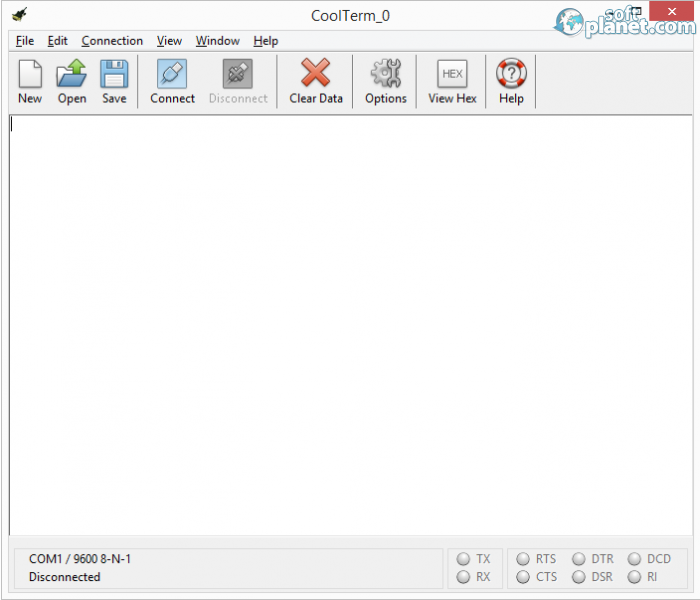

Effective application of Agile principles starts with educating everyone involved, especially the executive management team, about what Agile really is and understanding the related benefits and potential risks as well as rolling it out throughout the organization in a well-planned and graceful manner. This does not work well because adopting Agile should start at the top, i.e., at the organization level. Many organizations get introduced to Agile by attempting to use it for a specific project without overarching support or adoption of the Agile principles across the organization. Scrum or Kanban, if chosen, would be part of the overall project management cycle. Project management includes not only defining and managing the process and people involved or needed to deliver the product but also other areas such as project schedule, budget management, legal and contract management, communication, risk management, stakeholder management, and business change management. Project management is much broader than Scrum and Kanban and involves all aspects starting from project initiation to rolling out the final product, as well as other deliverables.
COOLTERM XP SOFTWARE
These are frameworks for building products and developing software rather than managing projects. Many people use the term Agile and Agile frameworks such as Scrum and Kanban loosely and interchangeably and refer to them as project management methodologies. Mixing up Agile with project management methodologies. Basically, following a waterfall approach means that more time is spent up-front on detailed planning, analysis, and design before starting to build the product. In practice, there can be some overlap between one phase and another, as well as some iteration within a phase and across phases. Waterfall refers to the software development life cycle model used for implementing software engineering projects, which follows a sequential process and includes separate phases where the output of one phase serves as input to the next phase. Agile did not define a specific way for applying these principles in practice.īefore Agile, Waterfall was the dominant approach used in software development projects until the 1990s were some organizations and teams started adopting other frameworkssuch as Extreme Programming (XP), Scrum, and Kanban that are more closely aligned with Agile principles.

What is Agile?Īgile is a set of values and principles as defined by the “ Manifesto for Software Development ,” which emphasizes responding to change over following a plan, delivering smaller increments of working software within a shorter timescale, and actively involving the customer in the development cycle and project team. First, let’s start with some key definitions. This article attempts to clear up some of this confusion.

Additionally, Agile, like other practices before it, became a buzzword and a cool term that many want to claim they do and want to add it to their presentations and lingo. This is because not everyone really understands what Agile is, and many people use the term very loosely and mix it up with project management methodologies and frameworks. Agile is a term that generates heated debates within the project management and software development communities.


 0 kommentar(er)
0 kommentar(er)
